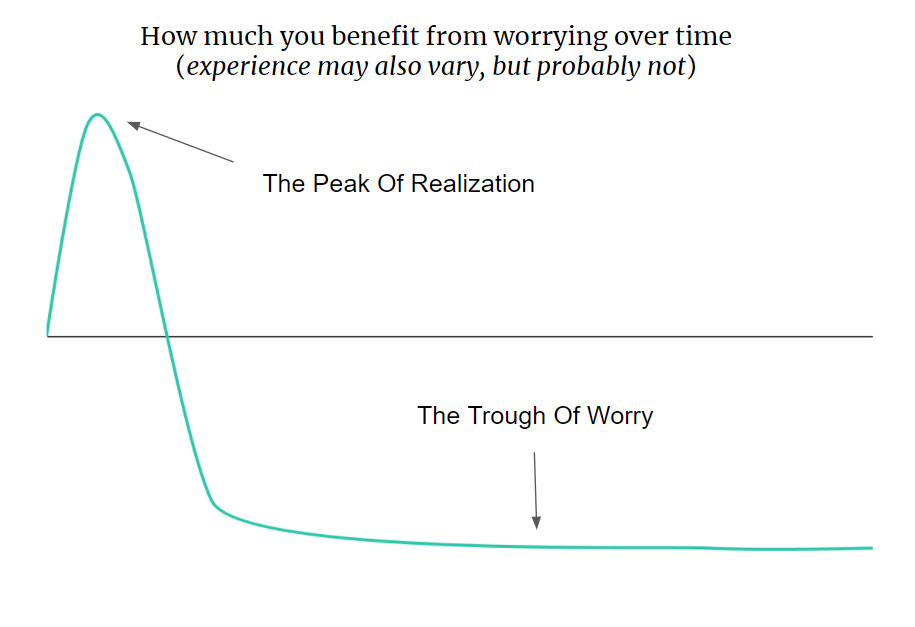The Power of Knowing Your Non-Negotiables
When Yvon Chouinard started Patagonia in 1957, he did so with the goal of supporting his outdoor adventures. Since then the company has grown, yet it has stayed true to its mission of supporting, and protecting, the outdoors.
This overarching goal has led to some “odd” business decisions by Patagonia. Such as offering to repair damaged clothes (including its competitors), buying back old gear, and launching advertisements urging consumers to not buy their products.
The reason Patagonia does all this is because they have one thing they will not compromise on: Their mission to protect their environment. For them, that mission is their north star, the one thing that is non-negotiable.
Non-negotiables don’t just exist in business though. We all have areas of our life we won’t compromise on. The big difference though is knowing what those areas are, and the reasons behind it. Once you know what you absolutely won’t compromise on, it allows you to prioritize your time, make faster decisions, and focus on what truly matters.
What exactly is a non-negotiable?
A non-negotiable is what the name implies: it is something in your life that you will not compromise on. It may be the career you want, the hours of sleep you need per night, or the city you want to live in. It’s anything that you would not even think about negotiating.
It’s good to have a few non-negotiables in every area of your life so you have . I break mine out into the following four major categories:
- Friends: The people you spend your free time with.
- Family & Partners: Your serious “forever” relationships.
- Career: Your professional focus.
- Health: Your body.
Non-negotiables come in all shapes and sizes. They can be as small as always going on your annual family trip, or as big as choosing to only pursue a career in the non-profit space. The important part is understanding the underlying reason behind why you are making the decision. You may choose the trip because your family is the most important thing in your life. The non-profit space may be the only industry you want to work in because you need to make a positive difference.
Non-negotiables will likely change over time. If you are in your 20s, pursuing a specific career or spending time with friends are two common non-negotiables people pick.
As you get older your focus shifts to your family and spending time with your loved ones. At certain times in life, focusing on your health will be a priority over everything else.
One of the keys to making non-negotiables work for you is to write them down. When you write something down, you greatly increase the chance of it actually happening. Then, once you know what you won’t compromise on in life you begin to get two major benefits:
- Decisions are surprisingly easy. When you know exactly what you will and will not do, decisions become easier.
- It gives you a clearer sense of your priorities in life. Knowing what you do, and do not, value in life is key to living a fulfilling one. If you know you are constantly working to protect what is important, it helps bring peace of mind.
Non-negotiables allow you to immediately determine if something is worth considering. If it’s not, you’ll be able to provide a clear reason as to why and move on to whatever else is next.
How to determine your non-negotiables
Determining your non-negotiables does not have to be a difficult process.
Just think back to the last time you were unhappy, losing sleep, or even worse losing your health.
For me, it was my first job where I spent 80% of my time on busy work (one of those jobs where you just did PowerPoint presentations 24/7). The position paid well, but I was learning little and I spent each day endlessly frustrated. After a year in the position I started to get migraines every week, and I knew something had to change.
After that experience, I added a new non-negotiable to my list. No jobs where I lacked autonomy and would end up doing busy work.
If you’re still trying to determine what your non-negotiables are, ask yourself the following three questions:
- What do I absolutely dread in my day-to-day? How can I change that?
- What do I enjoy the most about my day-to-day? How do I get more of that?
- Am I in control of any of these options?
For example, if the thing you dread most about your day-to-day is showering, then you’re probably out of luck. Having good hygiene is a non-negotiable if you want others to like you (or at least like smelling you).
If it’s something that you can change though, such as your daily commute, that’s a much more realistic change to make. A key factor in many people’s job choices is whether it’s remote or a short distance away.
Determining what you absolutely need in life is a difficult task, and you can usually only find the answer through experience. Therefore, you’ll have many fewer things on your list when you’re younger. Once you determine what your non-negotiables are though, you’re one step closer to living the life that you want.


Recent Comments